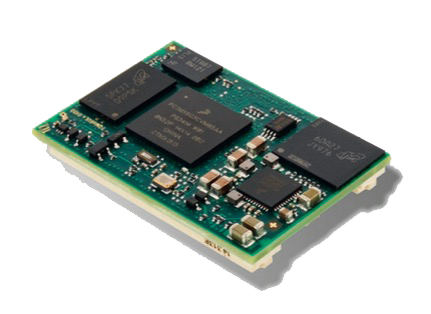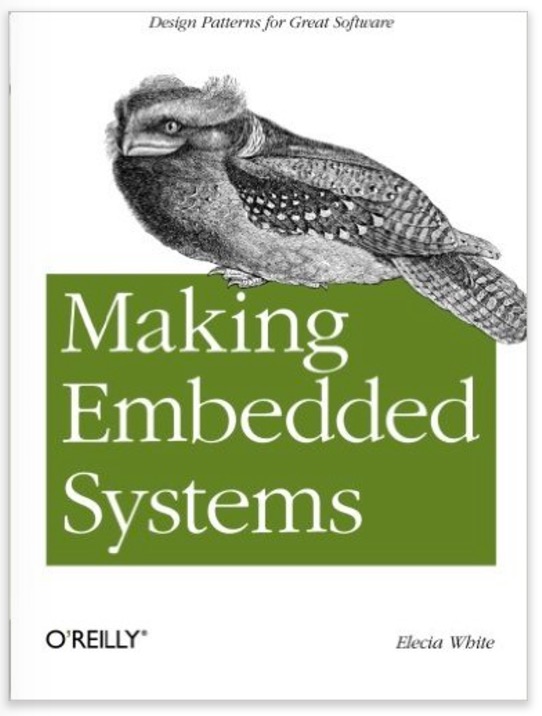Recent Posts
Cortex-A7 Based Module With Ethernet, USB and CAN Is Ideal For IoT Gateways
Posted by on
 This Cortex-A7 based module has dual Ethernet, USB and CAN and numerous serial interfaces and is ideal for IoT Gateways, Industrial control, portable medical devices and financial payment systems.
This Cortex-A7 based module has dual Ethernet, USB and CAN and numerous serial interfaces and is ideal for IoT Gateways, Industrial control, portable medical devices and financial payment systems.
The TQMa6ULx embedded modules, based on the NXP iMX6UL with an implementation of a single ARM Cortex-A7 core operating at 528MHz. Secure features and connectivity like Ethernet, USB and CAN make this module suitable for automotive telematics, IoT Gateways, smart industrial and home energy management, intelligent industrial control systems, portable medical devices and financial payment systems. There are three CPU variants available with differing IO and security features.
Features:
- All CPU pins available at the Tyco connectors
- Dual Ethernet 10/100 (IEEE 1588 Precision Time Protocol
- Dual OTG USB 2.0
- Dual CAN
- 24bit RGB LCD with touch display options
- 16bit Camera interface
- Numerous Serial interfaces: i2C, I2S, SPI, UARTS, GPIO and more
- -25°C to +85°C temperature range
- Optional memory sizes and extended temperature -40°C to +85°C
- Power consumption typically 1W
- Secure boot, tamper monitor, Crypto engine
- Linux OS, BSP and Build System
- Long Term Availability
- Only 46mm x 32mm
Documentation:
- Product Data Sheet (PDF)...
- User Manual (PDF)...
Making Embedded Systems: Design Patterns for Great Software
Interested in developing embedded systems? Since they do not tolerate inefficiency, these systems require a disciplined approach to programming. This easy-to-read guide helps you cultivate a host of good development practices, based on classic software design patterns and new patterns unique to embedded programming. Learn how to build system architecture for processors, not operating systems, and discover specific techniques for dealing with hardware difficulties and manufacturing requirements.
Written by an expert who has created embedded systems ranging from urban surveillance and DNA scanners to children's toys, this book is ideal for intermediate and experienced programmers, no matter what platform you use.
- Optimize your system to reduce cost and increase performance
- Develop an architecture that makes your software robust in resource-constrained environments
- Explore sensors, motors, and other I/O devices
- Do more with less: Reduce RAM consumption, code space, processor cycles, and power consumption
- Learn how to update embedded code directly in the processor
- Discover how to implement complex mathematics on small processors
- Understand what interviewers look for when you apply for an embedded systems job
- More Information...
 Loading... Please wait...
Loading... Please wait...

